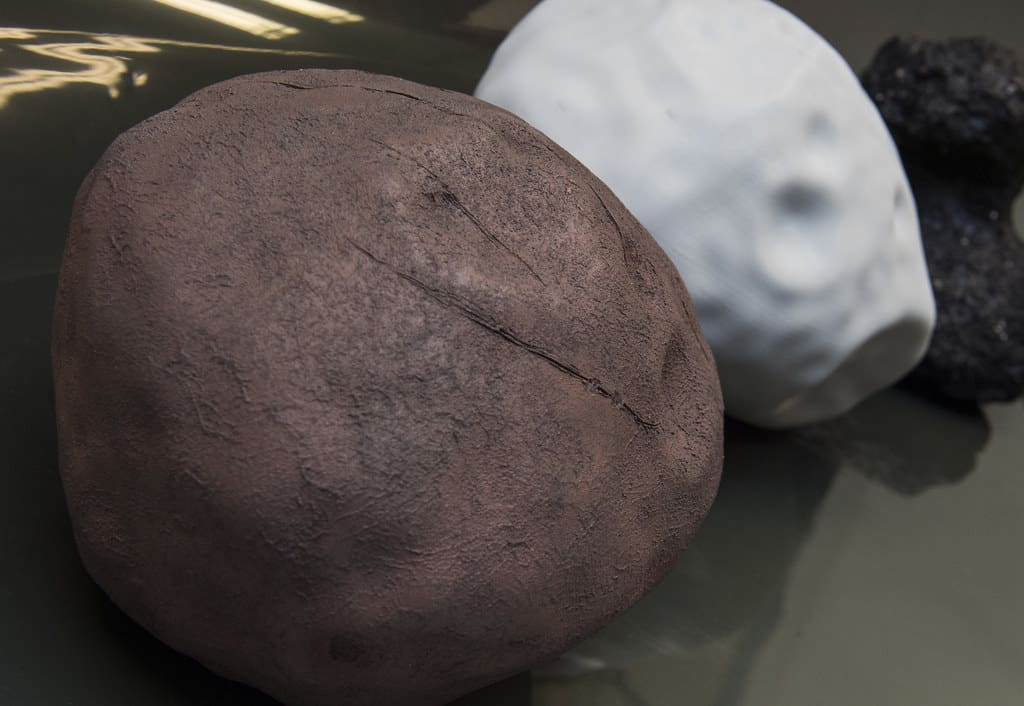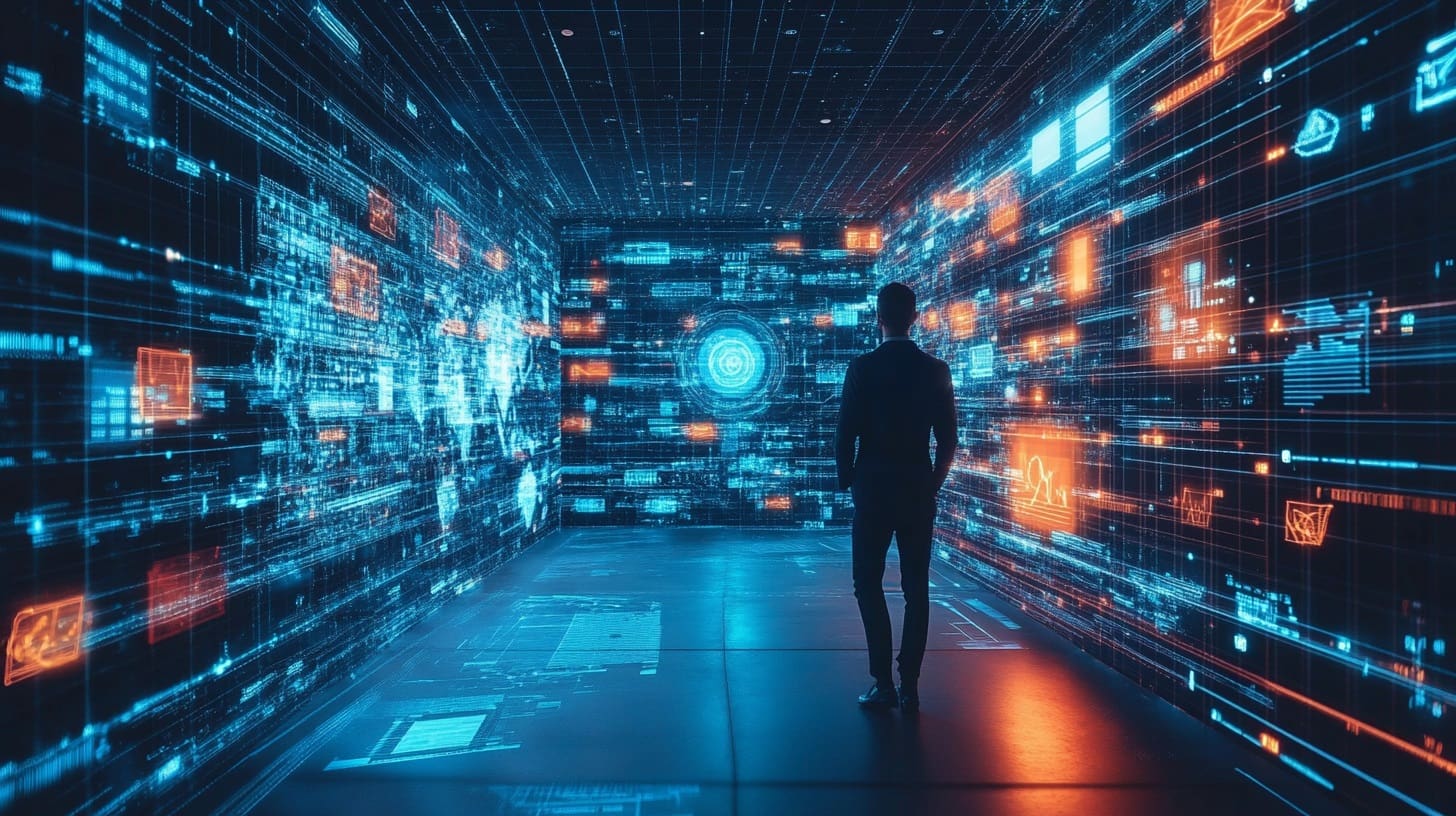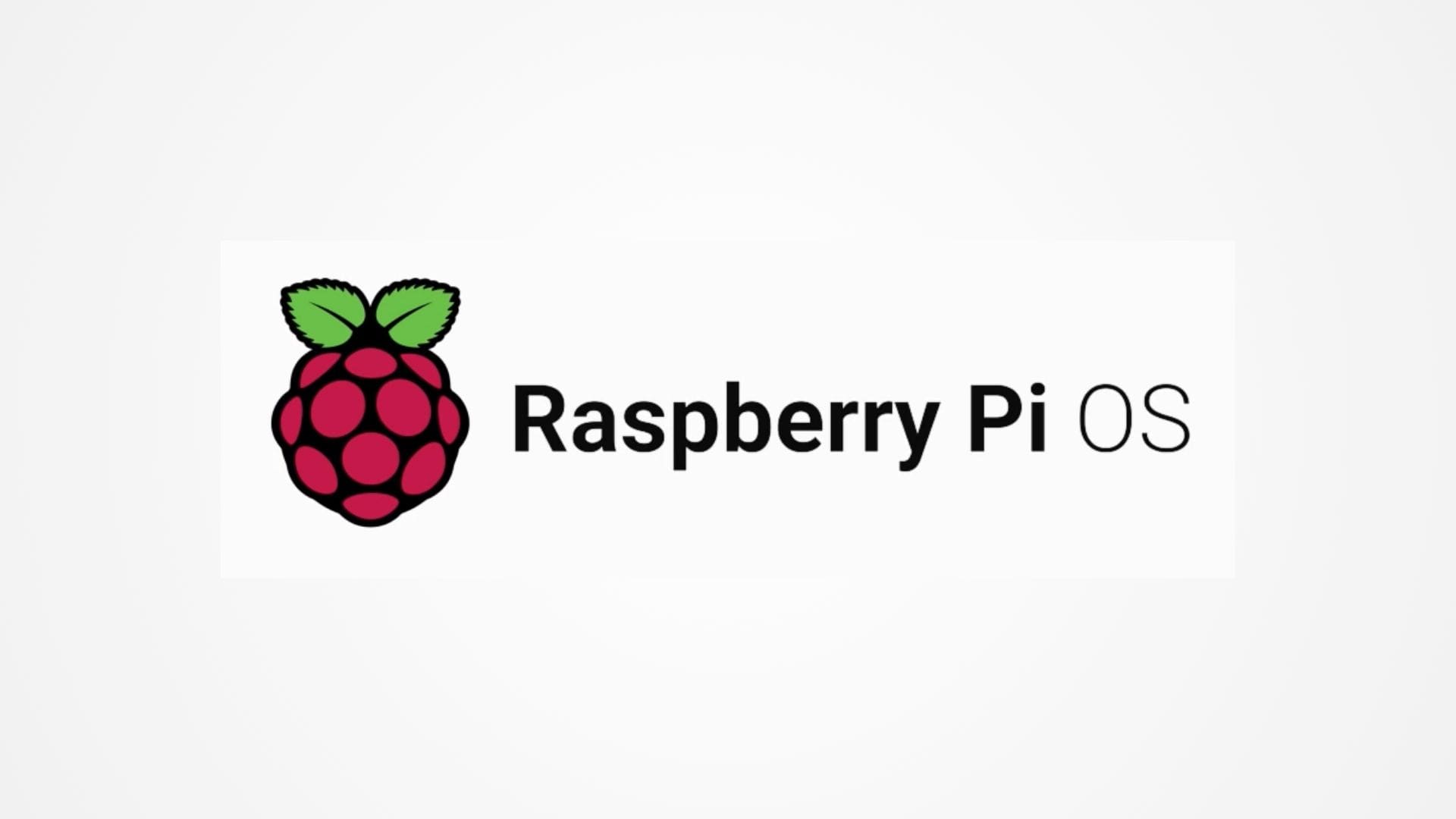Natural resources engineering is a critical field focused on the sustainable management and conservation of natural resources like water, minerals, and forests. As global demand for these resources intensifies, 3D printing, or additive manufacturing, is emerging as a transformative technology. It offers innovative solutions for creating tools and systems that enhance resource extraction, conservation, and rehabilitation processes. This technology allows for the precise construction of customized equipment and structures that can significantly impact the effectiveness and sustainability of natural resource management practices.
The Emergence of 3D Printing in Natural Resources Engineering
Originally used for prototyping in manufacturing, 3D printing has expanded its capabilities to include the production of functional, durable components suitable for challenging environmental conditions. In natural resources engineering, 3D printing facilitates the development of specialized equipment and structures tailored to specific ecological conditions and resource management needs. This includes everything from water filtration systems to soil stabilization structures and mining tools.
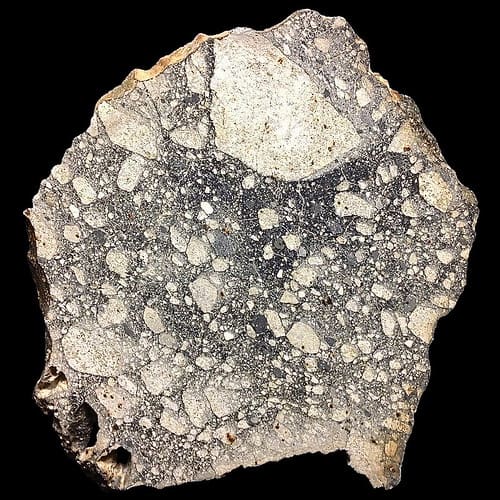
Advantages of 3D Printing in Natural Resources Engineering
Customization and Precision: 3D printing allows for the production of components and tools precisely tailored to specific tasks and environmental conditions, enhancing efficiency and effectiveness in resource management and conservation efforts.
Rapid Prototyping and Innovation: The technology enables rapid development and testing of new tools and systems, accelerating innovation in natural resources engineering. This is crucial for adapting to changing environmental regulations and resource conditions.
Reduction in Material Waste: Additive manufacturing minimizes waste by using only the necessary materials to build a part, aligning with sustainability goals and reducing the environmental impact of resource extraction and management activities.
Cost-Effective Solutions: 3D printing can produce complex structures and devices without the need for expensive tooling or assembly, reducing costs and making advanced technologies more accessible to organizations and communities managing natural resources.
Key Applications of 3D Printing in Natural Resources Engineering
Water Management Systems: Custom-designed components for water filtration, irrigation, and drainage systems can be 3D printed to enhance water conservation and management in agricultural and urban environments.
Soil and Erosion Control Structures: 3D printing is used to create specialized structures that prevent soil erosion and promote land stability in areas vulnerable to degradation, such as riverbanks and coastal zones.
Rehabilitation and Reforestation Tools: Tools and devices specifically designed for habitat restoration and reforestation efforts, such as seed dispersal units or tree planting drones, can be efficiently produced with 3D printing.
Mining and Mineral Extraction Equipment: Custom parts for mining machinery and equipment can be produced on-demand, reducing downtime and improving the efficiency of mineral extraction processes.
Research and Monitoring Devices: Tailored mounts for sensors and cameras, as well as other specialized research tools, can be rapidly produced for environmental monitoring and data collection in remote or difficult-to-access natural settings.
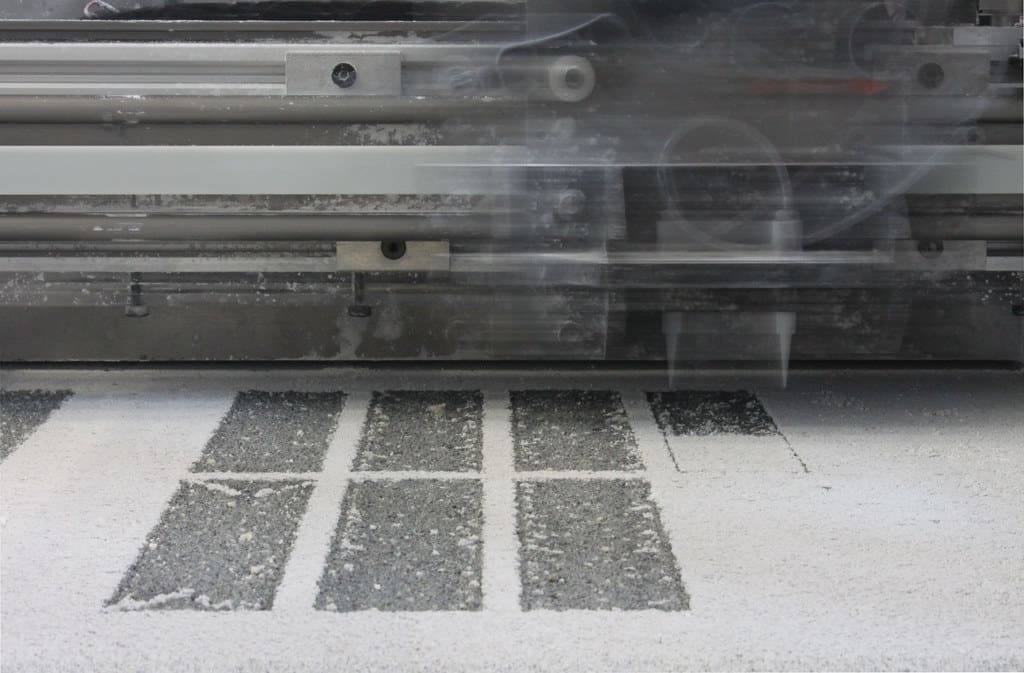
Challenges in 3D Printing for Natural Resources Engineering
Despite its potential, the integration of 3D printing in natural resources engineering faces several challenges:
Durability and Material Performance: Ensuring that 3D-printed materials are durable enough to withstand environmental conditions and perform reliably in the field is essential. Continuous development of robust, weather-resistant materials is necessary.
Scale and Cost: While 3D printing is excellent for small-scale production and prototyping, scaling up to larger structures or high-volume production remains economically and technically challenging.
Regulatory and Environmental Compliance: Products and systems used in natural resources management must meet stringent regulatory standards. Achieving compliance for 3D-printed tools and structures involves rigorous testing and validation processes.
Technical Expertise and Training: Implementing 3D printing technology requires significant technical knowledge and training, particularly in software use, machine operation, and material handling, which may be a barrier in resource-limited settings.
Future Directions in 3D Printing for Natural Resources Engineering
The future of 3D printing in natural resources engineering is promising, with ongoing advancements likely to mitigate current challenges. Continued innovation in printer technology, materials science, and sustainable design is expected to expand the applications of 3D printing, enhancing its impact on conservation and resource management practices.
3D printing is poised to continue its transformative impact on natural resources engineering, offering innovative solutions that improve resource management, conservation, and sustainability. As the technology advances, it promises to redefine traditional approaches, leading to more effective and environmentally friendly practices in the management of natural resources.

